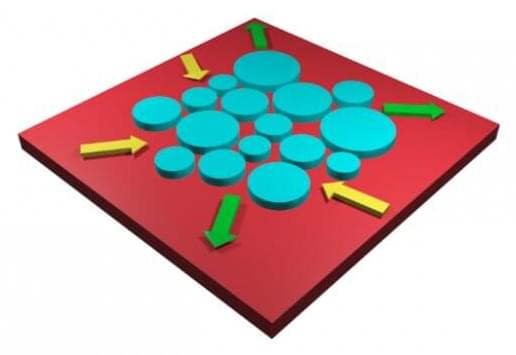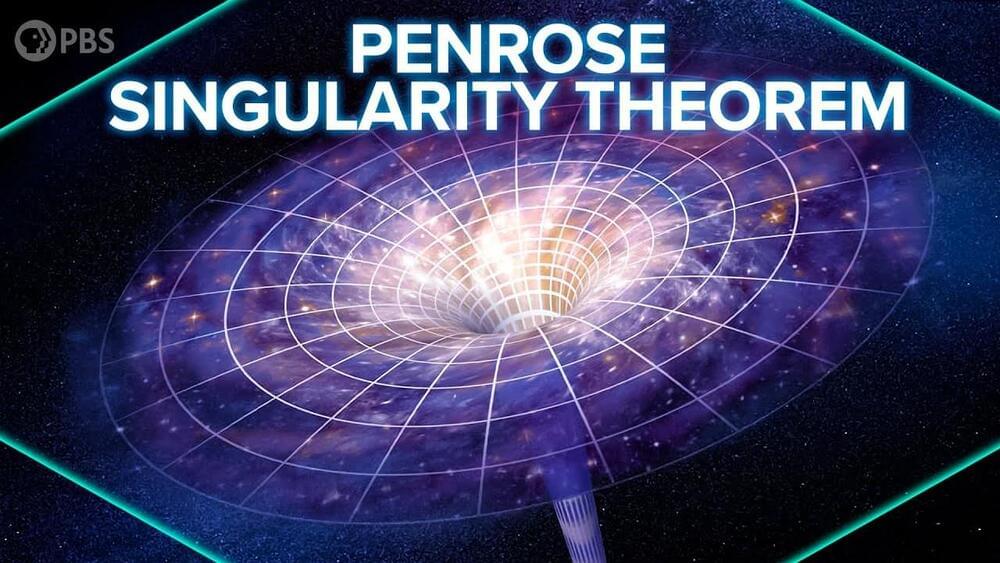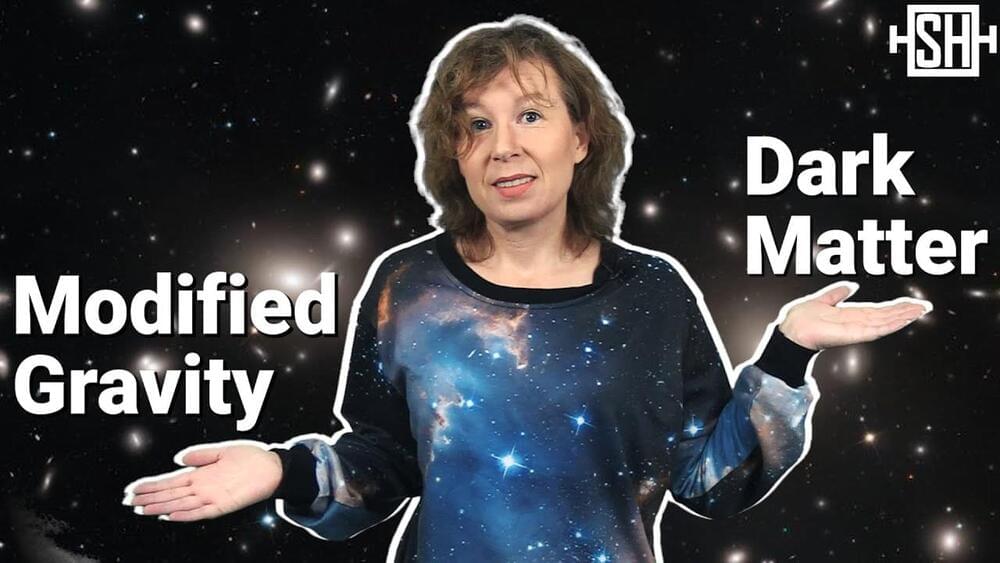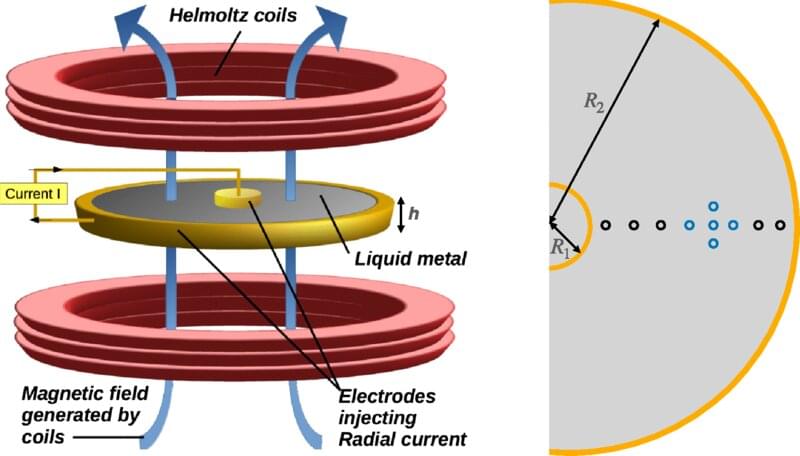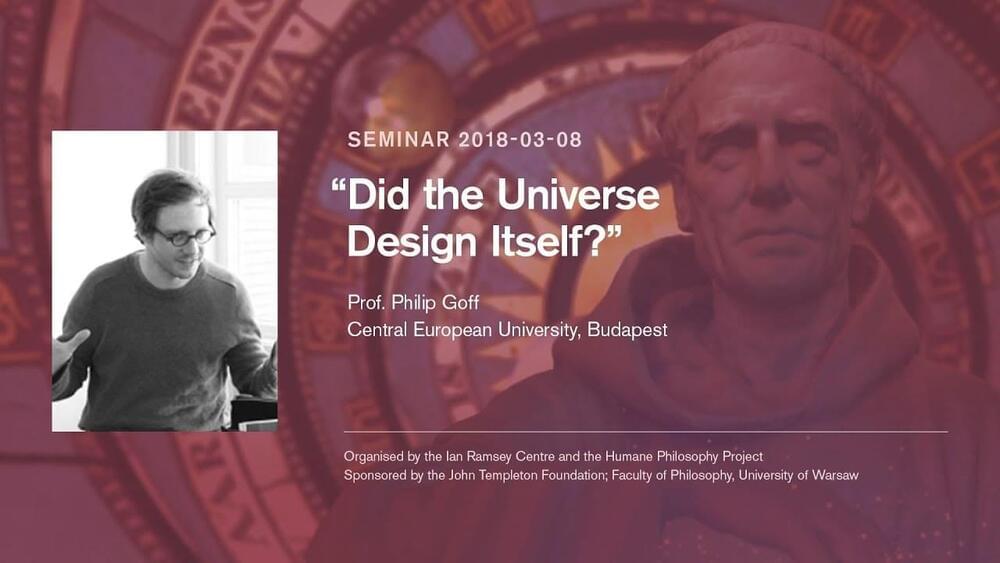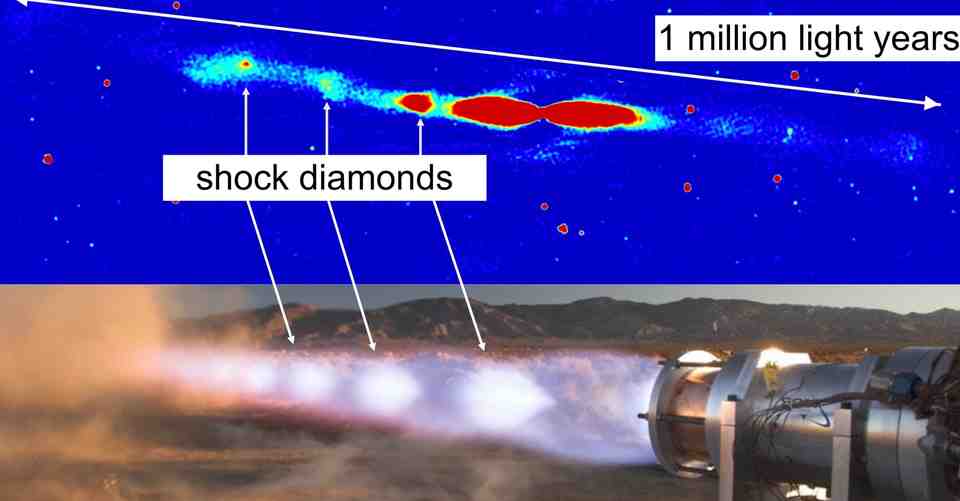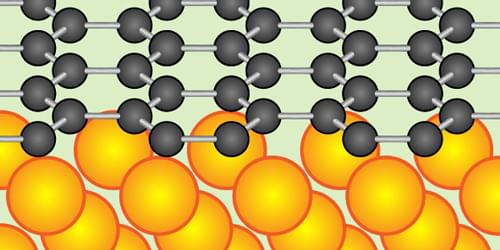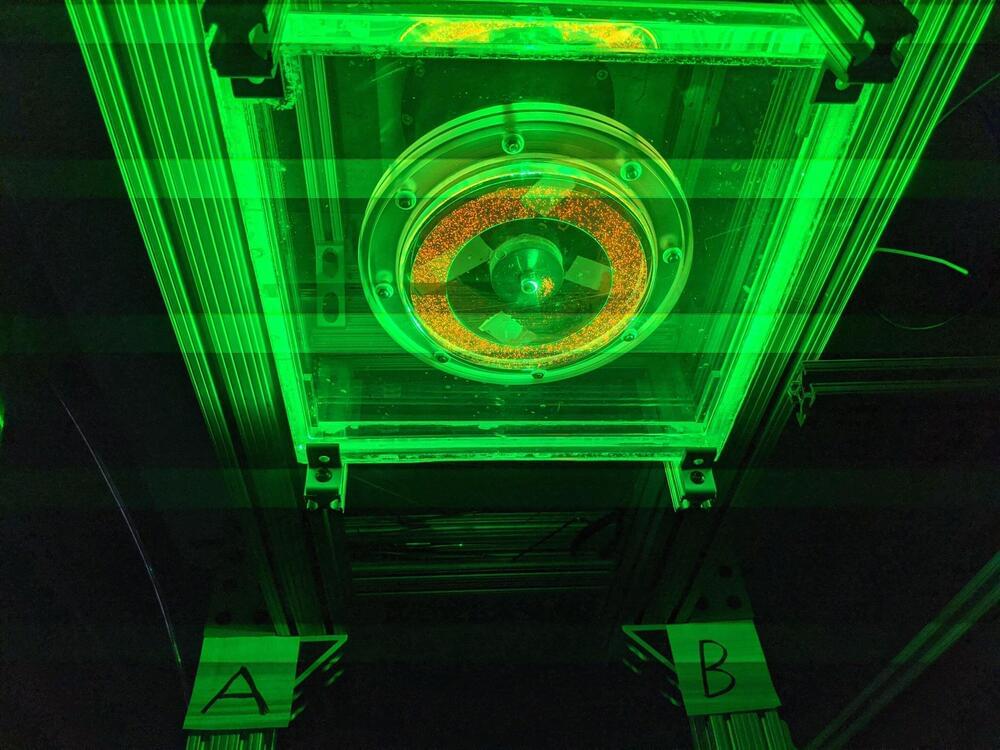Sep 2, 2022
Physicists develop a linear response theory for open systems having exceptional points
Posted by Saúl Morales Rodriguéz in categories: energy, engineering, physics
Linear analysis plays a central role in science and engineering. Even when dealing with nonlinear systems, understanding the linear response is often crucial for gaining insight into the underlying complex dynamics. In recent years, there has been a great interest in studying open systems that exchange energy with a surrounding reservoir. In particular, it has been demonstrated that open systems whose spectra exhibit non-Hermitian singularities called exceptional points can demonstrate a host of intriguing effects with potential applications in building new lasers and sensors.
At an exceptional point, two or modes become exactly identical. To better understand this, let us consider how drums produce sound. The membrane of the drum is fixed along its perimeter but free to vibrate in the middle.
As a result, the membrane can move in different ways, each of which is called a mode and exhibits a different sound frequency. When two different modes oscillate at the same frequency, they are called degenerate. Exceptional points are very peculiar degeneracies in the sense that not only the frequencies of the modes are identical but also the oscillations themselves. These points can exist only in open, non-Hermitian systems with no analog in closed, Hermitian systems.
